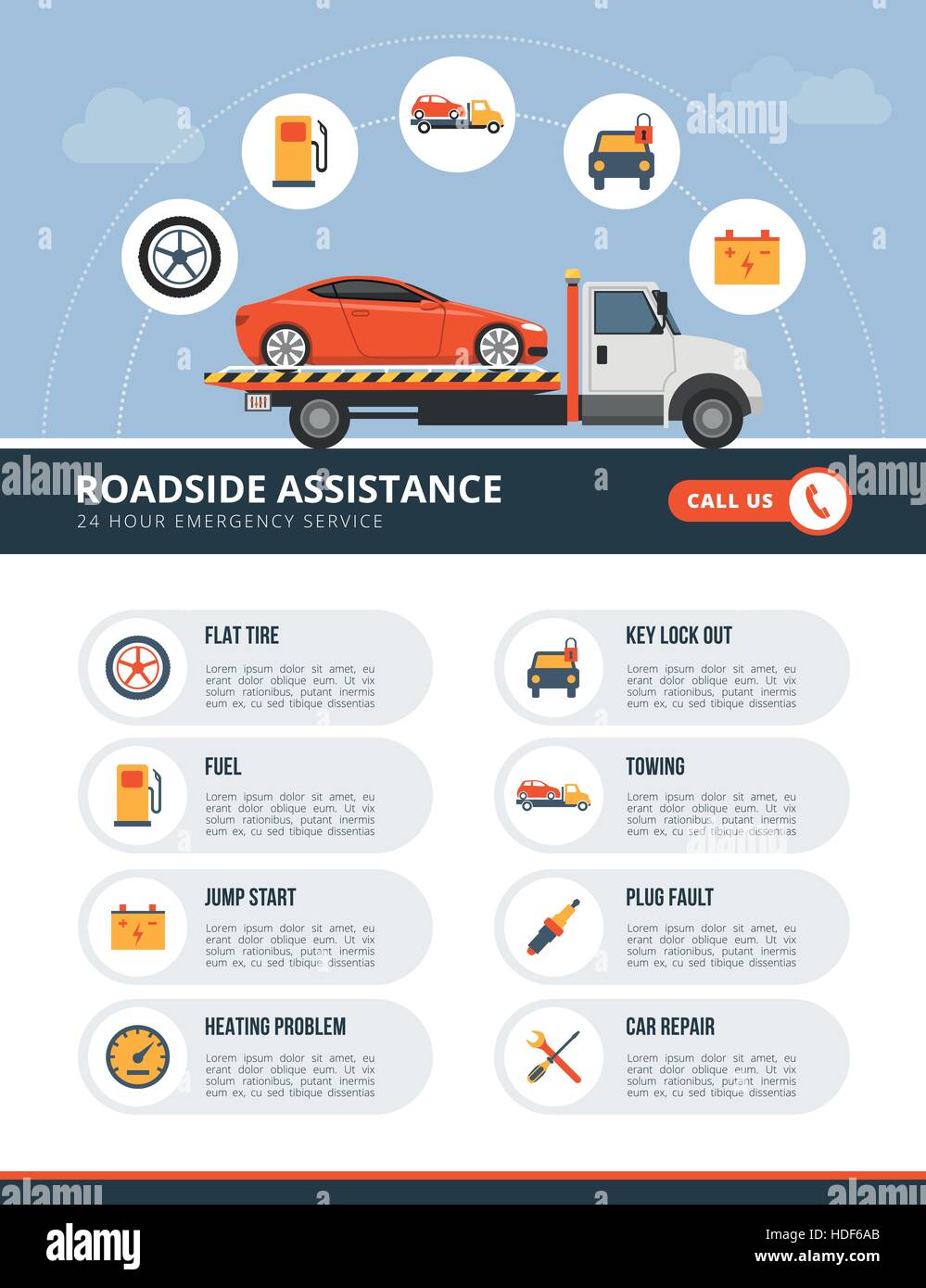Yet What's The Solution For Spongy Brake Pedals? Uncover The Solution Below!
Yet What's The Solution For Spongy Brake Pedals? Uncover The Solution Below!
Blog Article
Author-Overby Dean
When it involves your car's brake system, understanding usual issues can save you from possible security dangers. From determining brake pad wear to addressing brake fluid leaks, recognizing exactly how to deal with these issues is essential. Yet what about those squishy brake pedals? There's a repair for that also. Stay tuned to get https://spenceruoidx.blogthisbiz.com/37644068/exposing-the-enigmas-of-a-five-star-car-service-center-experience about these problems and the functional services that can keep you safely when driving.
Brake Pad Put On and Replacement
When it involves keeping your vehicle's brake system, one essential aspect to keep an eye on is the wear and substitute of brake pads. Brake pads are necessary elements that press versus the brake blades to reduce or stop your vehicle. Gradually, these pads wear down due to rubbing, needing routine evaluation and substitute to ensure your brakes operate successfully.
To establish if your brake pads require substitute, listen for shrilling or grinding sounds when you apply the brakes. Furthermore, if your car takes longer to quit or you notice vibrations or pulsations when braking, it might be time to change the brake pads.
Ignoring used brake pads can cause reduced stopping performance, damage to various other brake parts, or even brake failing.
Changing brake pads is a relatively straightforward procedure for lots of lorries. Nevertheless, if you're unsure or uncomfortable executing this task, it's ideal to get in touch with an expert technician to ensure appropriate setup and optimum brake efficiency.
On a regular basis examining and replacing brake pads is vital for your security and the durability of your car's stopping system.
Brake Fluid Leaks and Maintenance
To ensure your car's brake system functions efficiently, it's important to additionally take note of brake fluid leaks and maintenance. Brake fluid is vital for sending the force from your foot on the brake pedal to the real braking mechanism. One usual issue with brake liquid is leakages, which can happen because of tatty brake lines, seals, or connections. If you notice a puddle or trickles under your vehicle, it's important to deal with the leakage quickly to avoid a possible brake failure.
Regularly inspecting your brake liquid level is essential to maintaining your brake system. Low brake liquid can result in air going into the brake lines, which jeopardizes stopping efficiency.
Furthermore, old or polluted brake liquid can affect the general effectiveness of your brakes. It's suggested to adhere to the producer's guidelines on when to transform the brake fluid, typically every 2 years.
Spongy Brake Pedal: Bleeding Brakes
If you have actually ever before experienced a spongy brake pedal while driving, you recognize the relevance of keeping a company and receptive braking system. One typical source of a mushy brake pedal is air caught in the brake lines. When https://richmond.com/business/century-old-pep-boys-retailer-closes-its-auto-parts-stores-in-richmond-region-but-keeps/article_e3d11c27-b221-5012-929a-2f19ee7bc21a.html enters the brake system, it can result in a loss of hydraulic stress, leading to that distressing mushy feeling when you push the brake pedal.
To fix this issue, hemorrhaging the brakes is necessary. Hemorrhaging the brakes involves removing the air from the brake lines to restore correct hydraulic stress.
To hemorrhage the brakes, you'll need an assistant to assist you. Begin by locating the brake bleeder valve on each wheel, commonly located near the brake caliper. With a wrench, loosen the valve and have your assistant press the brake pedal while you observe any kind of air bubbles coming out. Repeat this procedure for each wheel, beginning with the wheel farthest from the master cylinder and moving closer.
When you no longer see air bubbles and just clear liquid arises, tighten up the valve and top up the brake fluid storage tank as needed. Hemorrhaging the brakes assists make sure a firm brake pedal and enhances overall braking performance.
Final thought
Since you understand typical brake problems and how to repair them, you can ensure your car's security and performance. Keep in mind to listen for warning signs like shrieking noises or squishy brake pedals, and address them quickly. Regular maintenance and prompt substitutes are crucial to keeping your brakes in leading condition. Remain aggressive and mindful to your brake system to delight in risk-free and reliable driving experiences.
